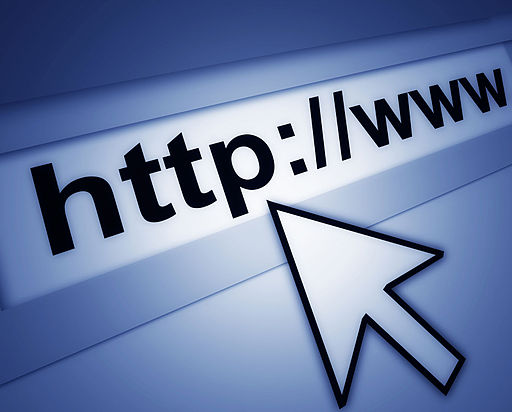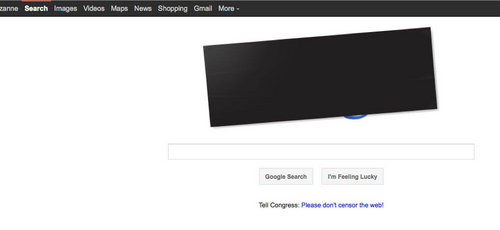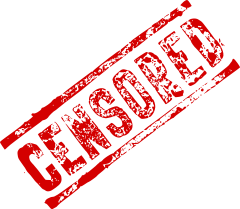U.S. District Court Holds that Visual Room Scan Prior to Online Exam Violates the Fourth Amendment
August 31, 2022
In a decision issued last week, the U.S. District Court for the Northern District of Ohio ruled that a public institution conducted an unreasonable “search,” in violation of the Fourth Amendment to the United States Constitution, by performing a visual inspection of a student‘s remote testing location prior to an online exam.
As is customary, the institution in question (Cleveland State University) reserved the right to employ a variety of safeguards designed to ensure integrity in online academic exercises. Among other things, the University provided instructors discretion to require students to show their surroundings via webcam before, during or after an exam, in order to demonstrate that they were not using prohibited resources or assistance. The student in question was scheduled to take a chemistry examination and was notified approximately two hours prior to the start of the exam that the proctor would be checking his surroundings by visual observation. The proctor did so at the start of the exam, asking the student to perform a room scan that lasted “less than a minute, and as little as ten to twenty seconds.” The student complied with the request, but subsequently sued the University claiming that he had “confidential settlement documents” in the form of IRS forms 1099 in his room that could not be secured prior to the examination (the proctor testified that she did not see any tax documents during the room scan).
In a somewhat surprising decision, the court held that the room scan was an unreasonable search in violation of the Fourth Amendment. Under applicable precedent, whether a particular search is reasonable “is judged by balancing its intrusion on the individual‘s Fourth Amendment interests against its promotion of legitimate governmental interests."1 While acknowledging the University’s interest in ensuring academic integrity, the court nevertheless found the room scan requirement to be unreasonable, among other reasons because the instructor announced the requirement after the start of the course (theoretically leading the student to believe he would not be subject to a room scan until shortly before the time of his test), and because other students could see the room scans. The court also expressed skepticism that the room scans would be effective in preventing cheating, and asserted that the University had other procedural safeguards available to guard against cheating, such as “employing proctors to monitor for suspicious movement or using proctoring programs that perform functions like preventing students from accessing the internet or other programs during the test, recording students during tests, and using artificial intelligence to detect suspicious movement or plagiarism.” With apparent disregard for pedagogical considerations and academic freedom, the court also noted that alternatives to tests, such as projects or papers, might minimize or eliminate the need for remote room scans. In consideration of these factors, the court determined that the student’s privacy interests outweighed the University’s interests in enabling the proctor to view his room and concluded that the room scan was unconstitutional.
This decision is perplexing on many levels, most significantly in that it apparently reflects a determination that conducting a visual inspection of the testing environment for as little as ten seconds after having given a student two hours’ advance notice to secure items he did not wish to be viewed, in the interest of academic integrity, was unreasonable. That said, the likely impact of this decision outside its immediate context, if any, is questionable. For example, it should have no impact on private institutions, and much of the court’s reasoning seems to have revolved around the specific facts of the case, including a perceived lack of consistency in messaging to students as to whether room scans would be required, and the degree of advance notice provided to students. It is possible, and perhaps even likely, that early and consistent messaging in this regard, including timely guidance to students that they should secure any items they do not wish to be viewed, will protect against similar results in other contexts.
If you have any questions, please contact Philip Zaccheo, any attorney in Bond's higher education practice or the Bond attorney with whom you are regularly in contact.
1 Skinner v. Railway Labor Execs.' Ass'n, 489 U.S. 602, 619 (1989) (quoting Delaware v. Prouse, 440 U.S. 648, 654 (1979))


 Late last month,
Late last month,  The
The  Today, websites, companies, and individuals around the country are participating in the largest online protest in history as they battle two proposed bills currently pending before Congress, the Stop Online Piracy Act (
Today, websites, companies, and individuals around the country are participating in the largest online protest in history as they battle two proposed bills currently pending before Congress, the Stop Online Piracy Act ( Two related bills aimed at curbing rampant copyright and trademark infringement on the Internet are currently pending before the House and Senate. While the bills have been endorsed by the RIAA and MPAA and have strong bipartisan support in Congress, they have come under fire by mainstream media and civil liberties groups who believe the bills would shift too much responsibility onto ISPs, advertisers, and payment processors while also giving the U.S. government and trademark and copyright holders too much power to block allegedly infringing websites without sufficient due process. The Senate PROTECT IP Act of 2011 (S.968) The bills began in the Senate, where Senator Patrick Leahy (D-VT) introduced the Preventing Real Online Threats to Economic Creativity and Theft of Intellectual Property Act,” or the PROTECT IP Act (“PIPA”) in May of 2011 (
Two related bills aimed at curbing rampant copyright and trademark infringement on the Internet are currently pending before the House and Senate. While the bills have been endorsed by the RIAA and MPAA and have strong bipartisan support in Congress, they have come under fire by mainstream media and civil liberties groups who believe the bills would shift too much responsibility onto ISPs, advertisers, and payment processors while also giving the U.S. government and trademark and copyright holders too much power to block allegedly infringing websites without sufficient due process. The Senate PROTECT IP Act of 2011 (S.968) The bills began in the Senate, where Senator Patrick Leahy (D-VT) introduced the Preventing Real Online Threats to Economic Creativity and Theft of Intellectual Property Act,” or the PROTECT IP Act (“PIPA”) in May of 2011 (